Sydney’s Climate Tale Going Up
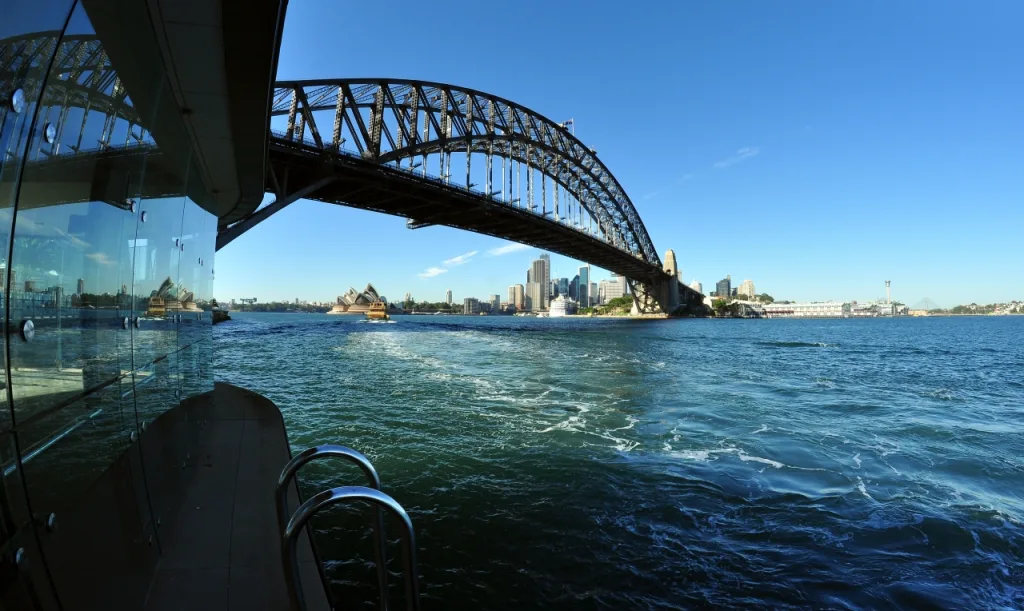
Introduction
Sydney Harbour, with its iconic Opera House and shimmering blue waters, has long been a symbol of Australia’s coastal beauty. But beneath its picturesque surface lies a story of change—one that affects not only the harbor itself but also the broader environment. In recent years, the water temperature in Sydney Harbour has been on the move, and scientists are paying close attention to what this means for marine ecosystems, weather patterns, and our daily lives.
The Temperature Shifts
Historical Trends
Over the past decade, researchers have meticulously tracked water temperatures in Sydney Harbour. Their data reveal intriguing patterns. Let’s dive into the numbers:
Warmest Day: In 2022, the Tasman Sea near Sydney recorded the warmest water temperature on this day—25.1°C. Swimmers and beachgoers reveled in the balmy conditions, but little did they know that this was part of a larger trend.
Coldest Day: Rewind to 2021, and we find a different story. On that day, the water temperature dipped to a chilly 20°C. The harbor felt cooler, and marine life adjusted accordingly.
Current Situation
As of today, the water temperature in Sydney Harbour stands at a comfortable 25.5°C. But what lies ahead? According to forecasts, we can expect a gradual decline over the next 10 days, with temperatures dropping to 22.8°C. This shift may seem subtle, but it carries significant implications.
Impacts on Marine Life
Species Adaptation
Marine organisms are sensitive to temperature changes. Some thrive in warmer waters, while others prefer cooler conditions. As Sydney Harbour warms, certain species may migrate or alter their behavior. For example:
Fish Migration: Fish species that once stayed farther south may now venture into Sydney’s waters. Conversely, those adapted to cooler temperatures might retreat.
Coral Bleaching: Rising temperatures stress coral reefs, leading to bleaching—a phenomenon where corals expel their symbiotic algae. This weakens the reef ecosystem.
Food Webs and Fisheries
Temperature shifts disrupt food webs. Algae, plankton, and small fish respond differently to warmth. If their populations fluctuate, it affects the entire chain—from tiny zooplankton to larger predators. Commercial fisheries also feel the impact, as fish distribution changes.
Climate Change and Estuaries
Estuaries & The Hidden Heroes
Estuaries—where freshwater rivers meet the salty sea—are vital ecosystems. They serve as nurseries for juvenile fish, filter pollutants, and provide habitat. But they’re also vulnerable. Recent research shows that estuaries are warming at twice the rate of oceans and the atmosphere. Sydney Harbour is no exception.
Why the Accelerated Warming?
Estuaries absorb heat due to their shallow depths and limited circulation. Urbanization, pollution, and climate change exacerbate this effect. As temperatures rise, estuarine ecosystems face challenges:
Altered Species Composition: Some species may thrive, while others struggle. Biodiversity shifts can impact ecosystem stability.
Sea Level Rise: Warmer waters expand, contributing to rising sea levels. Estuaries act as buffers, but their capacity is finite.
Conclusion
Sydney Harbour’s changing temperature isn’t just a scientific curiosity—it’s a call to action. We must recognize that our actions influence these delicate ecosystems. By reducing pollution, conserving water, and supporting sustainable practices, we can protect our harbor and its intricate web of life.
Join the Discussion
Share your thoughts on social media with us using the hashtags #SydneyHarbourClimate and #WaterTemperatureShift. Let’s collectively safeguard our precious harbor and its inhabitants.





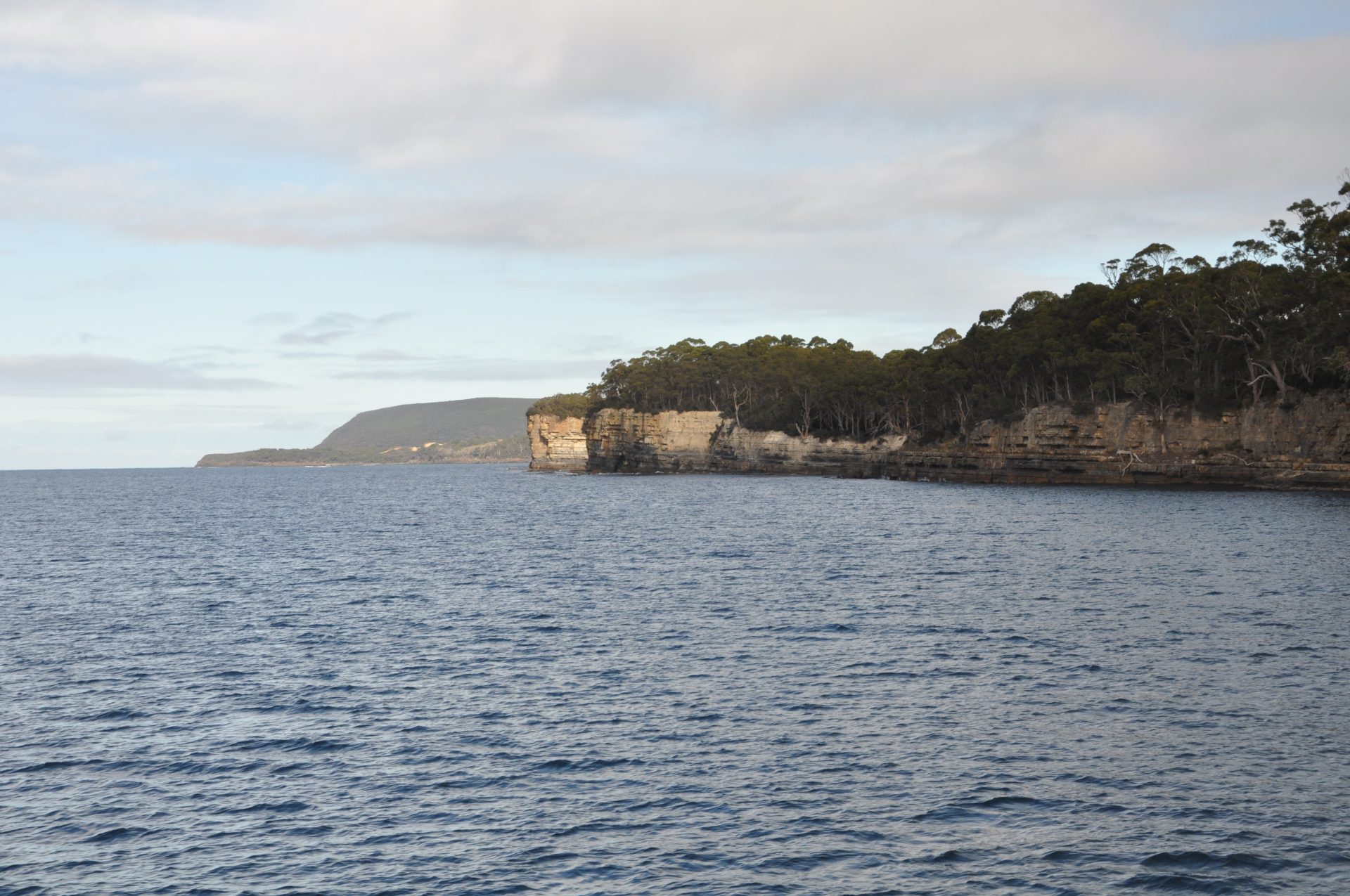

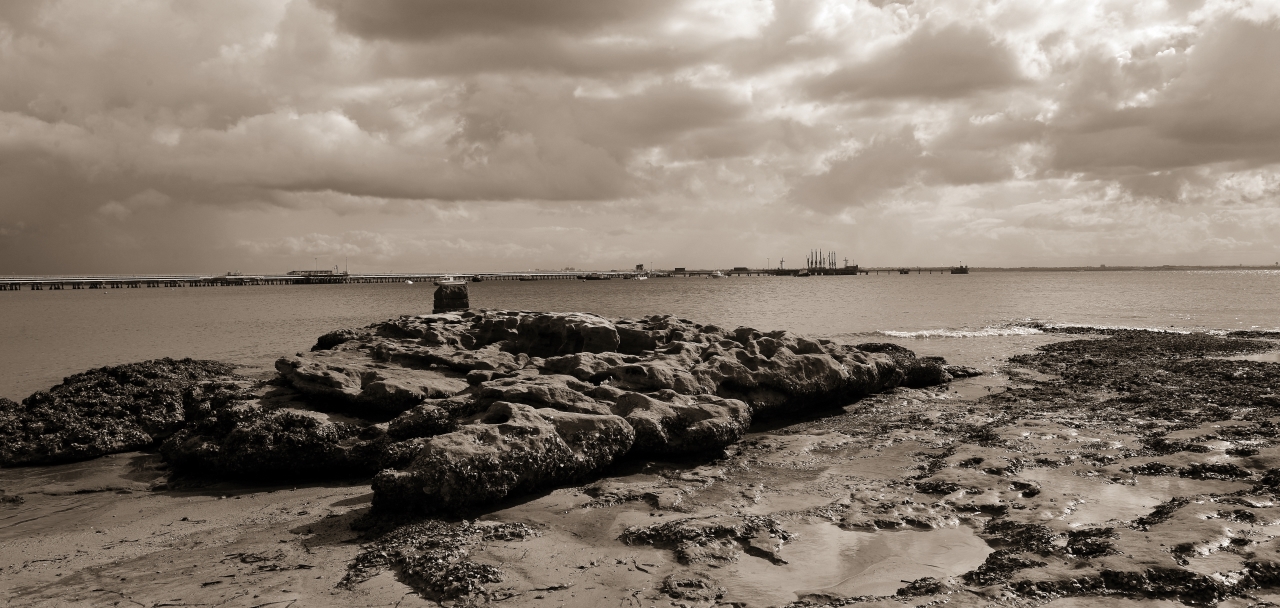

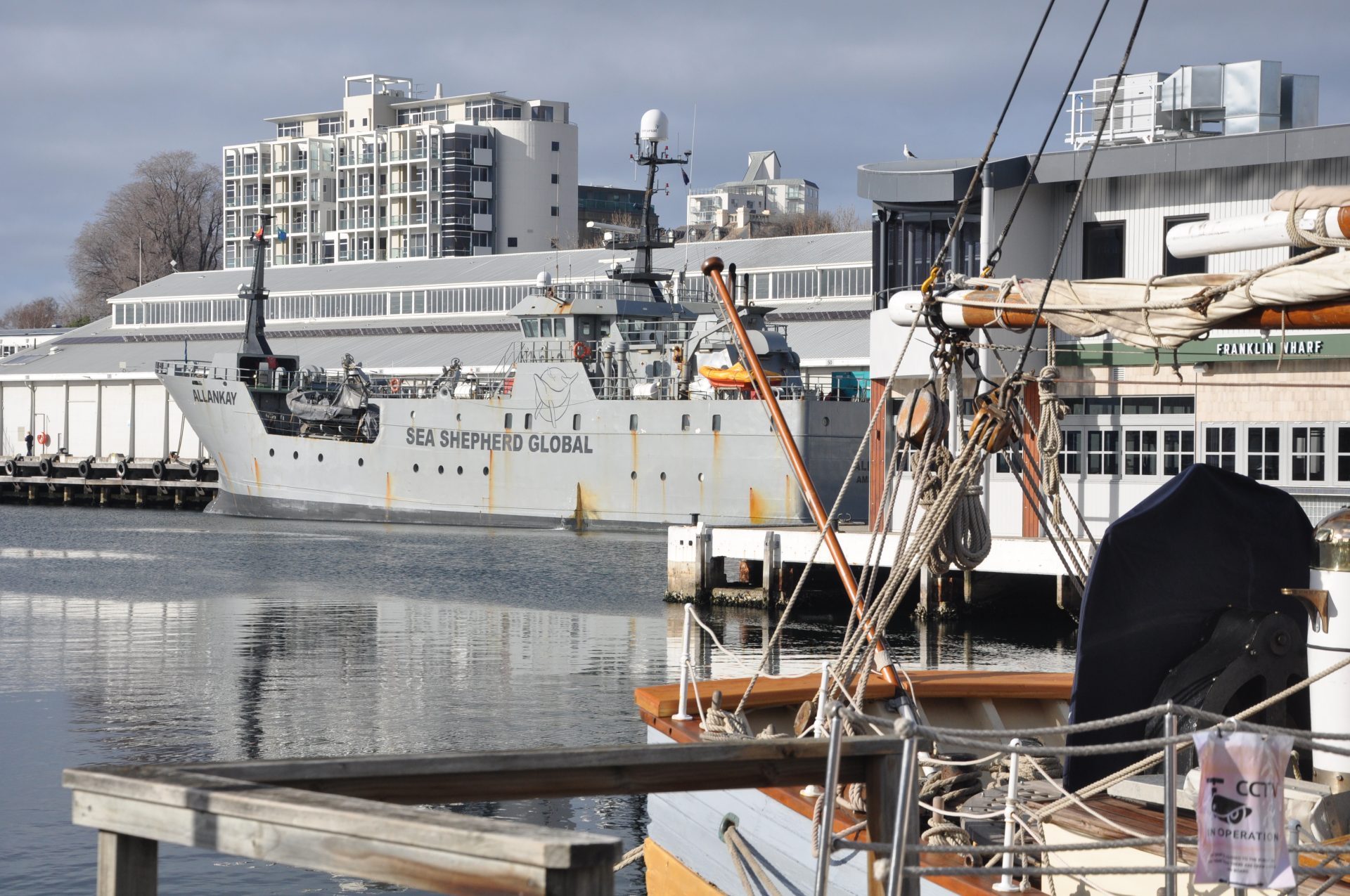
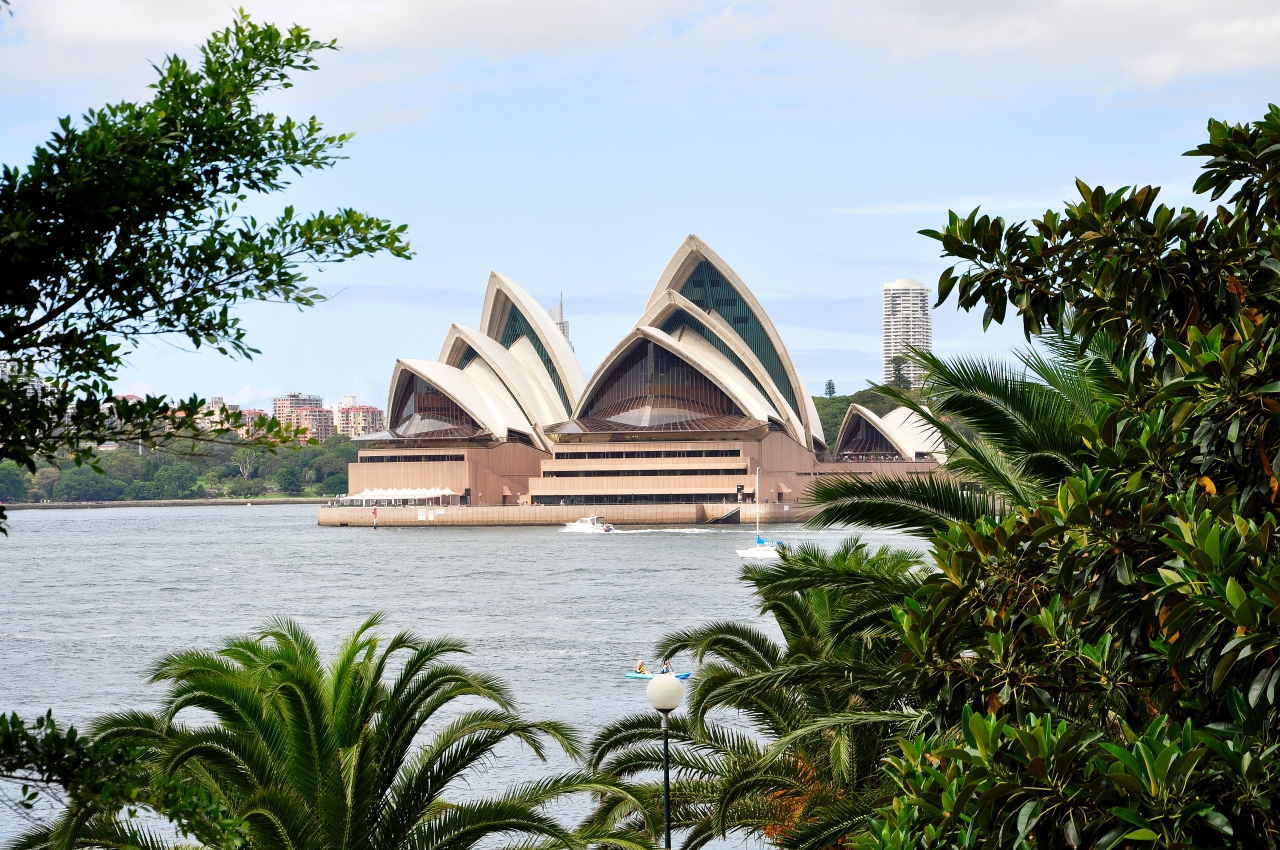
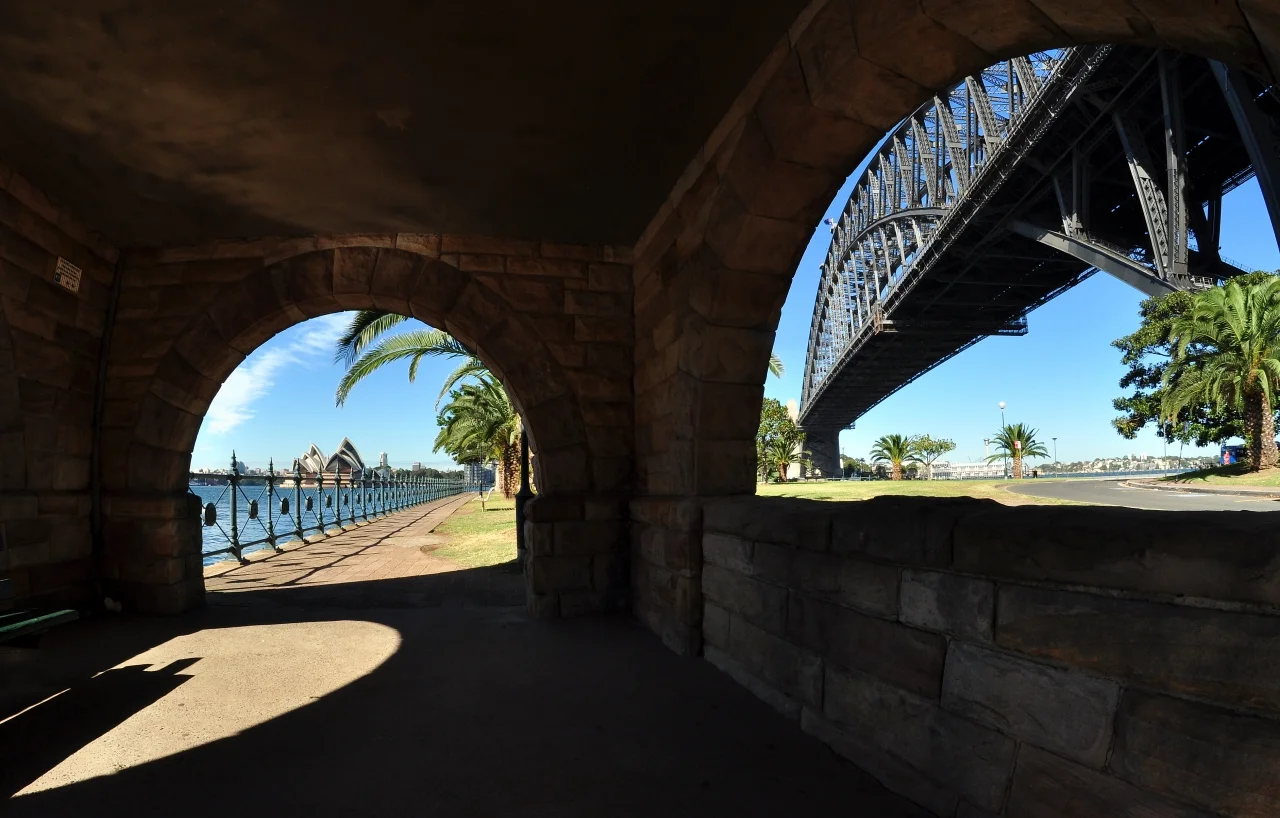
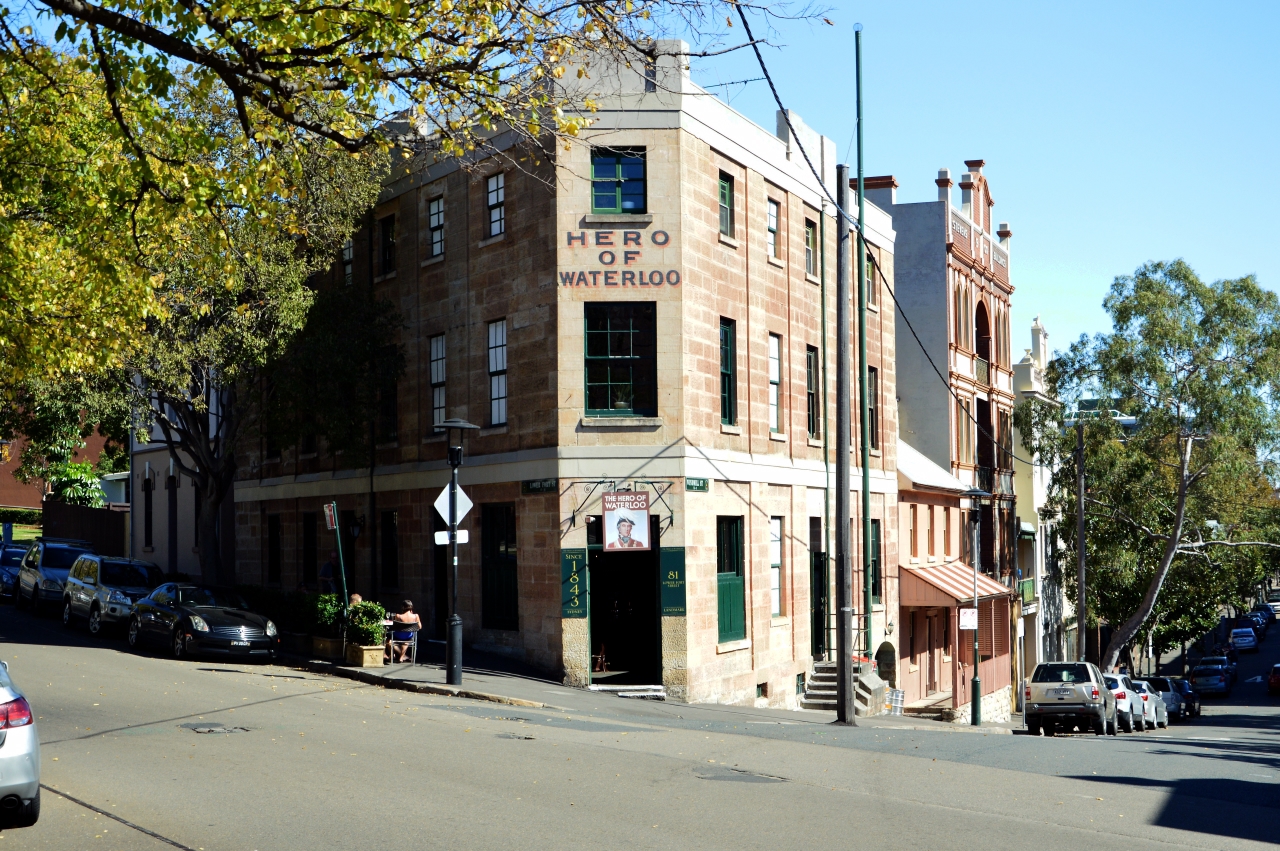

The Cruelty Of Conformity Of Housing And Infrastructure On Australia’s Well-being
[…] The current trajectory suggests that the nation is heading towards a tipping point where the damage may become irreversible. If the government continues to prioritize growth over sustainability, the long-term consequences […]